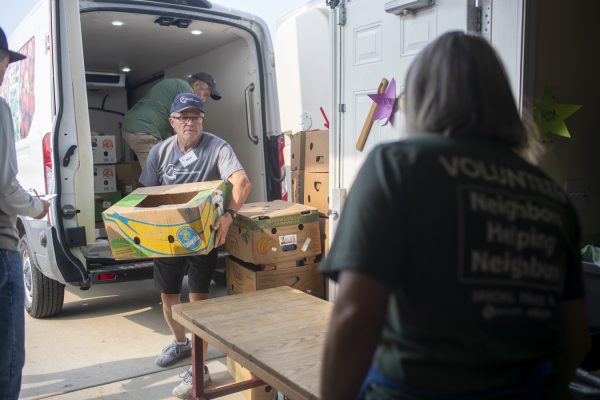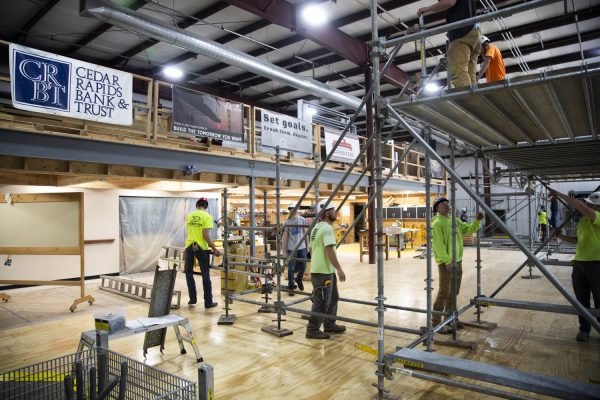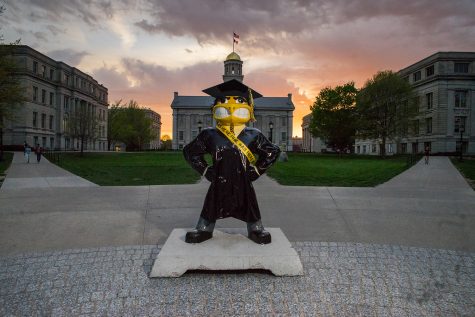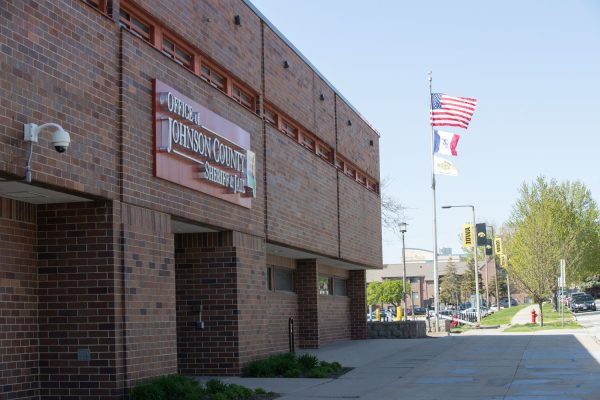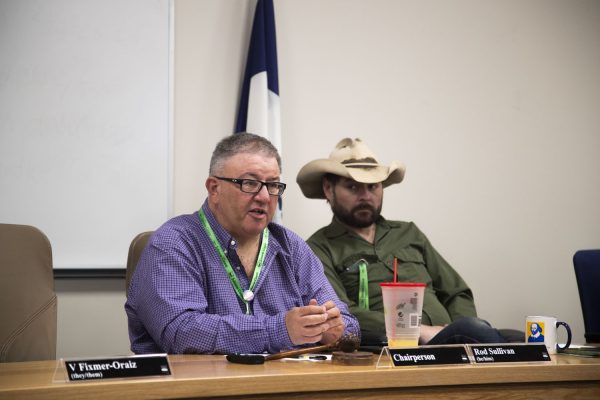Local nonprofit seeks Coralville Lake and Dam restoration
Coralville Lake is starting to vanish because of the overflow of sedimentation collecting next to the dam. The lake has been vital to the Coralville and its surrounding community and its surrounding for more than 60 years.
The Coralville Lake is seen in Coralville, Iowa, on Sunday, Oct. 17, 2021. (Bing Lovan/ The Daily Iowan)
October 18, 2021
A local nonprofit and the U.S. Army Corps of Engineers have identified that the human-constructed Coralville Lake may soon vanish because of sedimentary buildup along its dam and basin.
The Friends of Coralville Lake, established in 2016, helps improve the lake alongside the nearby neighborhoods. According to its website, the lake adds more than $75 million to the local economy.
“The Friends of Coralville Lake was started at the request of the Army Corps of Engineers to help address challenges to fund and sustain all of the activities in the area. One of those challenges includes recreation,” said John Kounkel, president of Friends of Coralville Lake.
The lake is known for its campsite and recreational activities such as fishing, hiking trails, and boating ramps. Coralville Lake was established in 1958 and has been essential for wildlife and fishery management ever since.
Kounkel said the group proposes three phases to help maintain the Coralville Lake.
The phases proposed for the restoration plan are:
- Raise awareness around the community about the situation
- Launch a formal campaign to save the lake
- Execute the proposal to stop the degradation of the lake
Kounkel said the watershed around the lake needs to be addressed by setting up a Watershed Management Authority.
“There are many different techniques that you can use to reduce the sediment load, such as siltation ponds or buffer strips, but it all starts with establishing a Watershed Management Authority,” he said.
Coralville Lake may have an impact on Iowa City and the surrounding area, Kounkel said.
“If we significantly reduce the sediment load on the lake and bring it back closer to its original state, we could also provide Iowa City and other downstream communities with better drought resistance,” he said.
One of the processes to help reduce sedimentation is silt traps. Kounkel said there was silt in the lake over the past several decades, which caused a back-up of the lake’s water flow and dam, and that no one was addressing this issue.
“A silt trap is basically just a method of stopping the sedimentation prior to it flowing further into the lake,” Kounkel said.
The Friends of Coralville Lake’s website said, if there are no precautions made to help the lake, it may be unusable within the next 10 to 20 years. The estimated cost for the plan is currently unknown.
Jonathan Wuebker, assistant operations manager for the Army Corps of Engineers, said the group is tasked with managing funds for Coralville Lake. He said the program is testing the sedimentation in the lake. Any sort of column of water study is measured by parts per million for things like microcystins, E. coli, and sediment, he said.
“We are an agency that has a specific dollar amount approved by congress to manage for certain mission aspects. Flood Risk Reduction, Natural Resource Management, and Water Provision are specific missions we are authorized to manage water levels for,” Wuebker said.
Operations Project Manager for the Army Corps of Engineers Howard Goldman said lake’s issue is that the 3,000 square mile of the Iowa River’s waters goes to the Coralville Lake and Dam, causing flooding and sediment buildup.
The first phase of restoring the lake is public awareness about its excess sediment, he said.
Goldman said the real key is to work on slowing the Iowa River’s watershed down, so it can go into an aquifer rather than the lake.
“But that’s not an efficient way of dealing with growth and things of that nature. They need to build this stuff, and get that water moved away,” Goldman said.
Goldman said another challenge is finding balance within the community to repair the lake.
“Every town wants growth and sees their community thrive,” Goldman said. “It’s a concern from a recreational standpoint, it may be a concern for the local economy, housing.”






